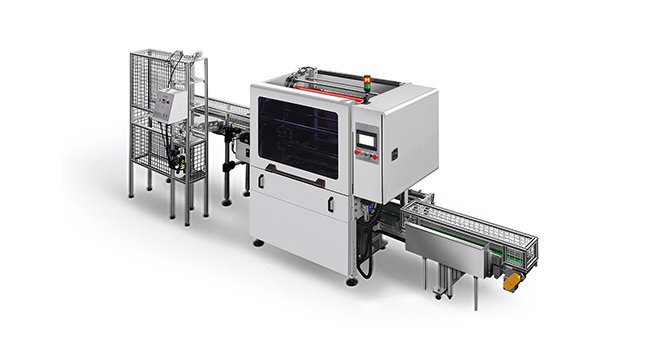In paper cup packing machine ops, faults can't be ignored. Be it cup feed, material, sealing/cutting, or component issues, they may halt prod, hike cost, and lower quality. Analyzing common faults helps ops and teams predict and fix, ensuring stable running, boosting efficiency and smoothness, and underpinning enterprise growth.
I. Cup Feeding Malfunctions
Cup Jams: One of the most frequent issues is cup jams. This can occur due to misaligned cup tracks or a blockage in the feeding chute. If the cups are not properly centered or if there is debris like paper scraps or adhesive residue in the path, the cups can get stuck. Additionally, incorrect adjustment of the cup feeder's tension or speed can also lead to jams. For example, if the feeder is pushing cups too quickly into a narrow track, they are likely to jam.
Inconsistent Cup Feeding: Sometimes, the machine may not feed cups at a consistent rate. This could be caused by a faulty sensor that fails to detect the presence or position of cups accurately. A worn-out motor or a slipping belt in the feeding mechanism can also result in irregular cup supply. If the motor is losing power or the belt is loose, it won't be able to drive the cup feeder properly, leading to inconsistent feeding intervals.
II. Packaging Material Problems
Film Tearing or Wrinkling: When using plastic film for packaging, it may tear or wrinkle. Tearing can happen if the film is of poor quality, has a defect, or if the cutting or sealing mechanisms are misaligned. For instance, if the cutting blade is dull or has a nick, it can cause the film to tear instead of cutting cleanly. Wrinkling often occurs when the film is not properly tensioned. If the tension rollers are not adjusted correctly, the film may not lay flat, resulting in wrinkled packages.
Incorrect Packaging Material Feeding: The machine might have trouble feeding the packaging material properly. This could be due to a clogged feeding roller or a misaligned material guide. If the rollers have accumulated dirt or adhesive, they won't grip the material effectively, causing feeding issues. A misaligned guide can also make the material deviate from its intended path, leading to improper packaging.
III. Sealing and Cutting Defects
Poor Sealing Quality: If the seals on the packages are weak or incomplete, it can lead to leaks or open packages. This may be caused by incorrect temperature or pressure settings in the sealing unit. If the temperature is too low, the plastic film won't fuse properly, and if it's too high, it can damage the film and result in a weak seal. Additionally, dirty or worn sealing jaws can prevent proper contact and sealing.
When the machine cuts the packaged cups, the cuts may be inaccurate. This could be due to a dull cutting blade, which can cause ragged or incomplete cuts. Misalignment of the cutting mechanism with respect to the package can also lead to off-center or crooked cuts. If the cutting blade is not properly installed or has shifted during operation, it will affect the cutting accuracy.
IV. Electrical and Control System Failures
Machine Not Starting: The machine may fail to start. This could be due to a power supply issue, such as a tripped circuit breaker or a loose power cord connection. It could also be a problem with the control panel or a malfunctioning start button. If the control panel has a blown fuse or a faulty circuit board, it won't send the proper signal to start the machine.
Sometimes, the machine may operate erratically, with sudden stops, starts, or changes in speed. This can be caused by a faulty sensor that sends incorrect signals to the control system. A loose connection in the electrical wiring or a problem with the programmable logic controller (PLC) can also lead to such erratic behavior. If the PLC has a software glitch or a hardware failure, it can disrupt the normal operation sequence of the machine.
V. Mechanical Component Wear and Tear
Bearing and Gear Problems: Over time, the bearings and gears in the machine can wear out. Worn bearings can cause vibrations and noise, and if left unattended, can lead to more severe damage to the machine. Gears that are worn or have chipped teeth won't mesh properly, affecting the power transmission and the overall performance of the machine. For example, a worn gear in the cup feeding mechanism can cause the cups to be fed at an incorrect angle or speed.
Conveyor Belt Issues: The conveyor belts can also experience problems. They may become loose, stretched, or develop cracks. A loose belt can slip and affect the movement of cups and packaging materials. A stretched or cracked belt needs to be replaced to ensure smooth operation. If the conveyor belt is not properly tensioned or is subjected to excessive wear and tear, it will disrupt the production process.
By understanding these common faults and their possible causes, operators and maintenance personnel can more effectively diagnose and repair issues in paper cup packing machines, minimizing downtime and ensuring efficient production.


 Nov 23,2024
Nov 23,2024








